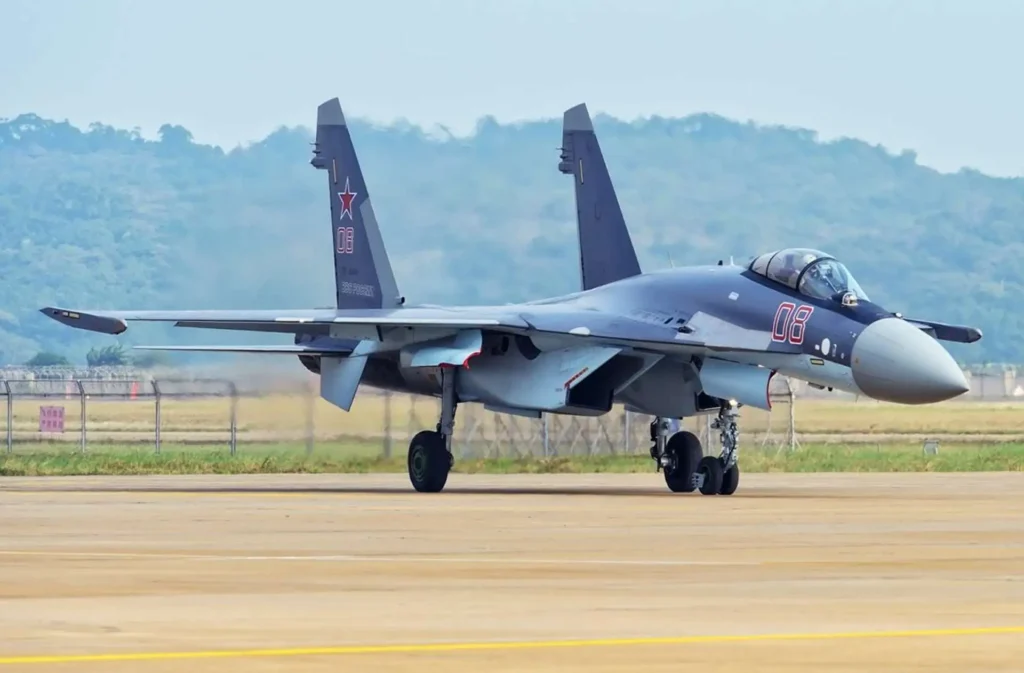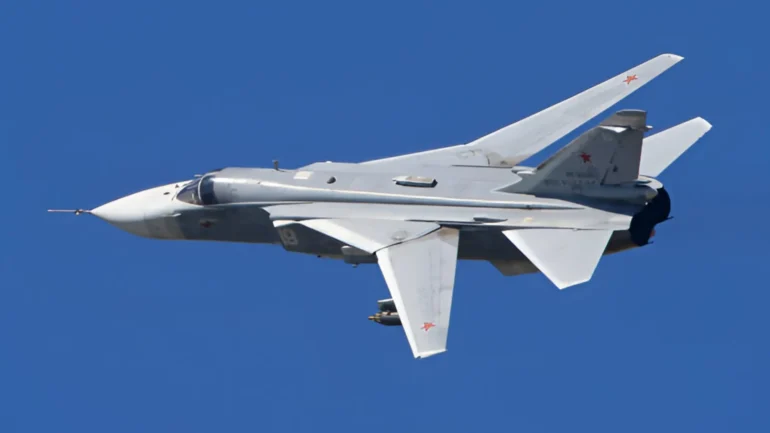The procurement of recently Russian military planes Iran deal Sukhoi Su-35 fighter planes has much improved Iran’s air force capacity. According to senior Iranian officials, this Russian military planes Iran deal involves upgrading Iran’s old plane fleet and is reliant on aircraft from the 1970s and 1980s. The upgrading of these Russian military planes Iran deal also does much to establish a deeper military cooperation between Tehran and Moscow, and to affect Middle Eastern regional security dynamics. Any changes in the balance of power and the wider geopolitical arena are observed intently by neighbors and world powers as Iran enters such equipment into service.
The Evolution of Russia-Iran Military Ties
From the Soviet period, Russia and Iran have had a long history of defense collaboration. They have participated in several military agreements over time, including Iran’s acquisition of modern missile technologies and Russian military planes Iran deal such as the S-300. Their cooperation has become stronger because common strategic goals include helping friendly governments, especially in Syria, and resisting Western influence in the Middle East. Both countries have West-imposed restrictions, so their military cooperation has grown more intense and resulted in higher weapons trade and collaborative defense projects. The most recent Russian military planes Iran deal strengthens this developing relationship.
Key Details of the Russian Military Planes Iran Deal
Iran also has final plans to buy Russian military planes Iraq deal, including Yak-130 jet trainers, Mil Mi-28 attack helicopters and Sukhoi Su-35 fighter planes. The delivery operation of these aircraft is underway with the intention that these will be joining Iran’s combat forces in the not too distant future. While the Russian military planes include details regarding the financial terms that have not been made public of the money off the shelf Iran deal, it is procuring that reflects more of Tehran’s growing military cooperation with Moscow as they, together, try to counter Western dominance in the Middle East.
A Game-Changer for Iran’s Air Force
Modern avionics, thrust vectoring engines, Mach 2.25 maximum speed, Irbis-E radar detecting targets at a distance of more than 400 km, and being able to take and deliver up to 8,000 kg of weaponry in 12 hardpoints – those are the features of the multirole fighter Sukhoi Su-35 4.5 generation. The Su-35 has radar range, mobility and firepower that the Iran’s old fleet, F-14 Tomcuits, MiG 29s and indigenous fighters are missing. The upgrade will help his air force to have more air defense capabilities, offensive strike capacity and regional deterrence, and shift the Middle East power equilibrium.

Strategic Implications for Iran’s Regional Power
Iran’s air power is significantly enhanced by the Russian military planes Iran deal purchase, strengthening Iran’s position in the Middle East. Particularly in Syria and Iraq, where it supplies allied militias, the Su-35 planes and Mi-28 helicopters improve Iran’s capacity for force projection. Rising regional tensions brought on by this enhanced capacity might cause Saudi Arabia and Israel to react by bolstering their own air forces, purchasing modern Western aircraft, or launching preemptive strikes against Iran’s mounting military might.
Russia’s Motives Behind the Russian Military Planes Iran Deal
There are many geopolitical goals that Russian military planes for Iran deal for Iran can address. By enhancing bilateral ties in Western sanctions, it provides counterpart support against economic isolation alike for both countries. This cooperation supports an ally that challenges American interests in the Middle East in order to blunt U.S. ascendance in the region. It also benefits economically for the Russian military planes Iran deal, which produces new markets for the hardware of Russia’s military sector and compensates their losses from poor West trade.
How the Russian Military Planes Iran Deal Affects U.S. and Western Policies on Iran
Bought Russian military planes, including Sukhoi-35 fighter planes, have global concerns about Iran’s military capabilities. Western countries might be prompted to ask themselves to consider more diplomatic steps or sanctions that would not encourage Iran to continue its military expansion. Increased bolstering of Iran’s air force could cloud already dilapidated negotiations surrounding its nuclear program. As such, this Russian military planes Iran deal might bring over additional challenges in reaching a diplomatic solution as well as in regional stability.
Potential Iranian Military Strategies with the New Jets
Iran’s deepening military strength due to Iran deal to buy Russian military planes has sparked heated speculation. Such a development could persuade Western countries to impose political or economic pressure to prevent further military progress. If Iran’s enhanced air power complicates diplomatic discussions over its nuclear program, that may be exacerbated by the fact that military capability is sure to be boosted by the use of air power, which is likely to diminish Tehran’s willingness to accept international agreements. As a result of this Russian military planes Iran deal, regional security will become more and more difficult to achieve.
The latest Russian military planes Iran deal carries significant implications for Middle East geopolitics and regional security. Neighboring nations and world powers must carefully assess and respond to Iran’s growing air capabilities to maintain a stable balance of power.

